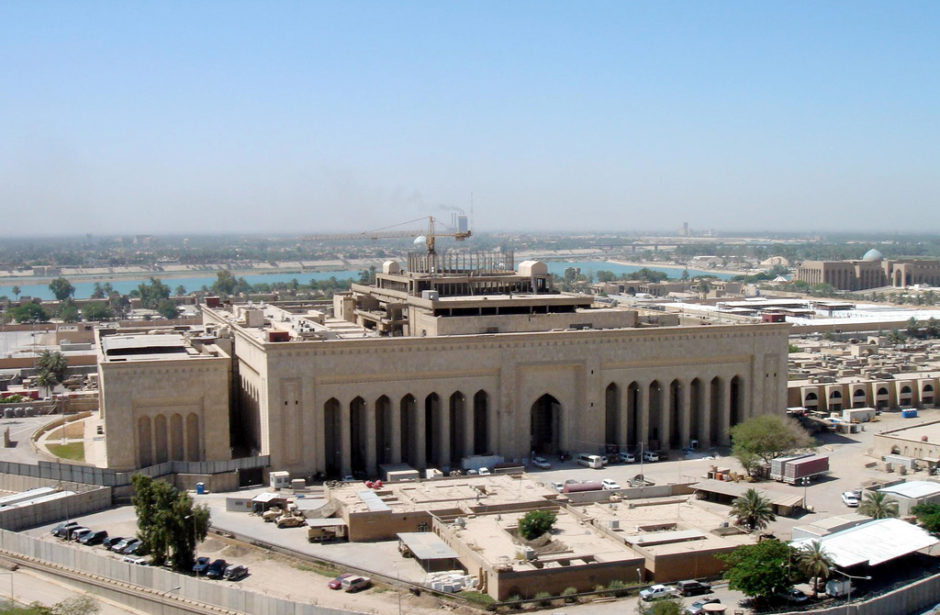The tumult currently gripping the Arab world is fundamentally rooted in events of a century ago. The collapse of the Ottoman Empire, followed by the political and territorial order that suppplanted it, have been the major causes of the instability that besets the Middle East today.
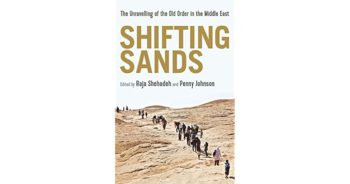
This is the thesis propounded by Avi Shlaim in the first essay of Shifting Sands: The Unravelling of the Old Order in the Middle East (Interlink Publishing Group), an anthology of essays about the region edited by Raja Shehadeh and Penny Johnson. In his essay, The Post-Ottoman Syndrome, Shlaim offers an analysis of the plans, some secret and some open, that Britain and France concocted in the Middle East during World War I to serve their colonial interests.
As the British searched for allies to defeat the Ottoman Turks, he writes, they made contradictory promises to the Arabs, the French and the Zionist movement.
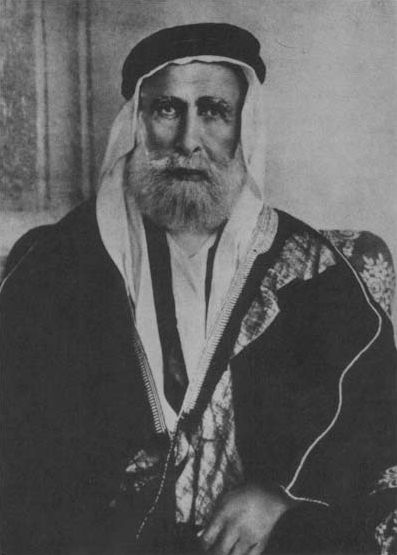
From July 1915 to March 1916, the British high commissioner in Egypt, Sir Henry McMahon, and Hussein bin Ali, the Sharif of Mecca, a direct descendant of the Prophet Mohammed, exchanged 10 letters about a post-Ottoman Middle East. Hussein was promised British recognition and support of an independent Arab kingdom under his leadership in return for staging an armed rebellion against the Ottomans.

“The British promise was vaguely worded, imprecise about borders and failed to make clear whether Palestine was to be included in the Arab kingdom,” writes Shlaim, an Israeli scholar who teaches international relations at Oxford University.
Despite the nebulous nature of Britain’s commitment to the Arabs, Hussein launched the Arab Revolt in June 1916. Britain supplied arms, provisions, artillery support and experts in desert warfare. One of them, the legendary T.E. Lawrence, was better known as Lawrence of Arabia.

Shortly before the eruption of the Arab Revolt, Britain and France, in the Sykes-Picot Agreement, reached a secret understanding on dividing the region. Bucking conventional wisdom, Shlaim contends that the borders of the modern Middle East were not fixed by Sykes-Picot, as is commonly assumed, but by the League of Nations at the 1920 San Remo conference.
More than a year after these agreements were signed and sealed, Britain issued the Balfour Declaration, which promised Jews a homeland in Palestine. Shlaim claims that its prime mover was Prime Minister David Lloyd George. “His support for Zionism was based on a huge overestimation of Jewish influence,” he says. “He acted in the mistaken — and antisemitic — view that the Jews turned the wheels of history.”

Shlaim maintains that the Balfour Declaration brought “no corresponding benefits, not even the gratitude of its Jewish proteges.” On this point, he’s completely wrong. The Balfour Declaration was regarded as a triumphant moment by Zionists. Shlaim is far more closer to the truth when he asserts that the San Remo conference “brushed aside all Arab claims” and provoked “deep resentments” in the region. “To Arab nationalists, the new order meant betrayal by the allies of their wartime promises, military occupation, the division of the area into spheres of influence and exploitation of its raw materials,” he adds.
In Shlaim’s view, the new order laid the groundwork for conflicts that continue to plague the Middle East.
James Barr, in his essay about the Sykes-Picot Agreement, says that Britain and France were not battling for the region’s oil wealth, but jockeying for control of the Suez Canal, the gateway to India, the ultimate imperial prize.
In the face of rising Arab nationalism, the two powers subdivided their League of Nations mandates in Syria and Palestine. France carved out Lebanon, while Britain created Transjordan.
Several of the essays deal with contemporary politics, and Khaled Fahmy’s piece on Egypt is one of them. Fahmy, a professor of history at the American University in Cairo, says that the 2013 military coup, engineered by Abdul Fattah al-Sisi, threw Egypt into dictatorship yet again. But, as he notes, Egypt has repeatedly failed its citizens. He cites a peasant revolt in 1821, a rebellion in 1863, a nationwide uprising in 1879 and a revolution in 1952.
The 2011 Arab Spring, he says, was the latest phase of the struggle for democracy in Egypt. Fahmy believes that “despots” have used the Arab-Israeli dispute to cynically postpone democratic reforms.
In another essay, Tamim al-Barghouti writes that colonially-created Arab regimes have failed to perform the most basic of functions, from fostering economic development to preserving human rights. He calls the civil war in Syria a “miniature world war, where regional and international rivalries are fought through exploiting domestic sectarian and ethnic divides.”
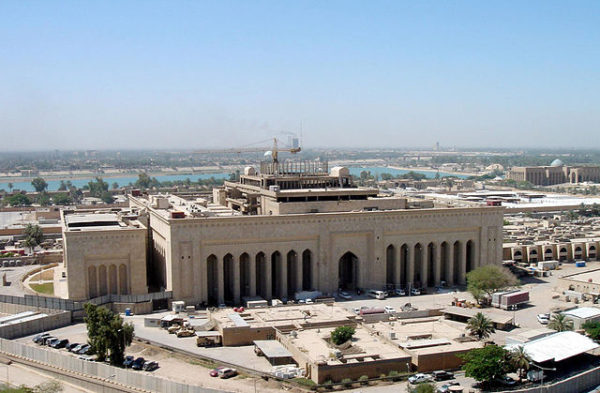
Justin Marozzi’s piece on Iraq takes the position that sectarian tensions have bedevilled it since the founding of Baghdad more than 1,000 years ago. As he puts it, “It is a fact that Shia rule in Iraq remains unacceptable today to many Sunnis — and vice versa.”
Recognizing Mesopotamia’s ethnic and religious diversity, the Ottomans administered it as three related but separate provinces — Mosul, Baghdad and Basra. “The British, in their wisdom, decided to throw them all together and create the new state of Iraq,” he says ironically.
Iraq achieved a kind of stability under Saddam Hussein, a brutal dictator, but since his demise, Iraq has been a dysfunctional state. “Politicians urgently need to provide responsible, non-sectarian leadership and functioning public services,” he observes.
In an essay on Iran, Ramita Navai argues that “a culture of victimhood” lies deep in the Iranian psyche — “that of the oppressed Shia, forever marginalized, forever the underdog.” This has allowed the Islamic regime to engage in “revolutionary rhetoric and externalize blame for internal frailties,” she says.
The Arab Spring, she writes, has given Iran unprecedented opportunities to expand its regional and international influence. “The Islamic Republic has always striven to be seen as a superpower in the region and, for the first time since the 1979 revolution, the regime may be the closest it has ever been to fulfilling that dream,” Navai says.
The Syrian regime of Bashar al-Assad is essential to Iran’s ambitions because it allows Iran to exert pressure on Israel from Lebanon and Syria’s side of the Golan Heights. Without a shred of evidence, she claims that a Sunni government in Damascus would not allow Syria to supply Hezbollah with weaponry.
Iran’s nuclear program is one of the few issues that unite Iranians of all political and social stripes, she says.
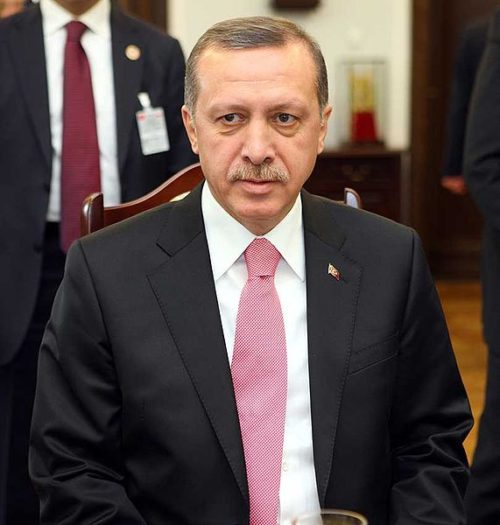
Alev Scott, in an essay on Turkey, points out that President Recep Tayyip Erdogan’s foreign policy of “zero problems with neighbors” an “Ottomanesque vision of regional hegemony,” has unravelled since the Arab Spring. “Turkey’s relationships with regional neighbors, as well as with previously solid Western allies, have become increasingly strained,” he says.
Dawn Chatty’s piece on the humanitarian crisis in Syria is a commentary on the virtual destruction of one of the most influential Arab states. Another essayist, Robin Yassin Kassab, exposes Syria’s undeclared non-aggression pact with Islamic State.
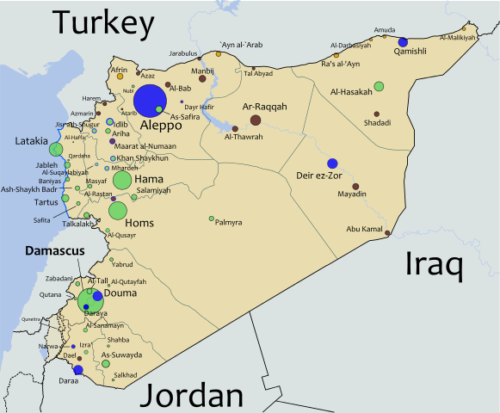
Raja Shehadeh, in the book’s final essay, laments that the Arab-Israeli conflict has not only sapped the Arabs’ “energy and diverted precious resources,” but enabled Arab dictators to bury the promise of democratization.
Food for thought.
